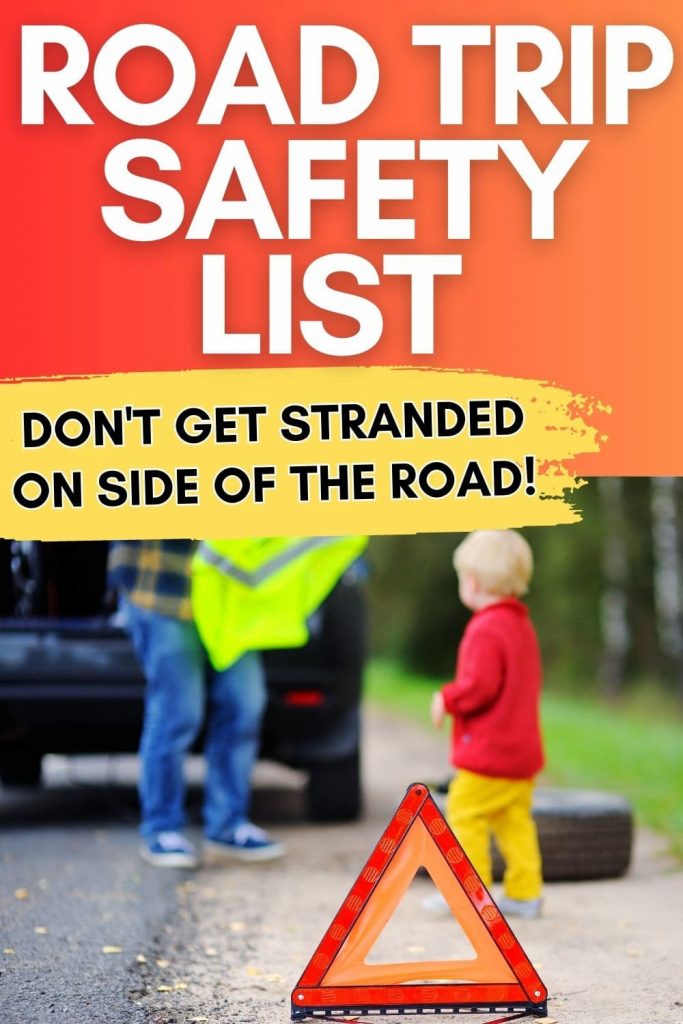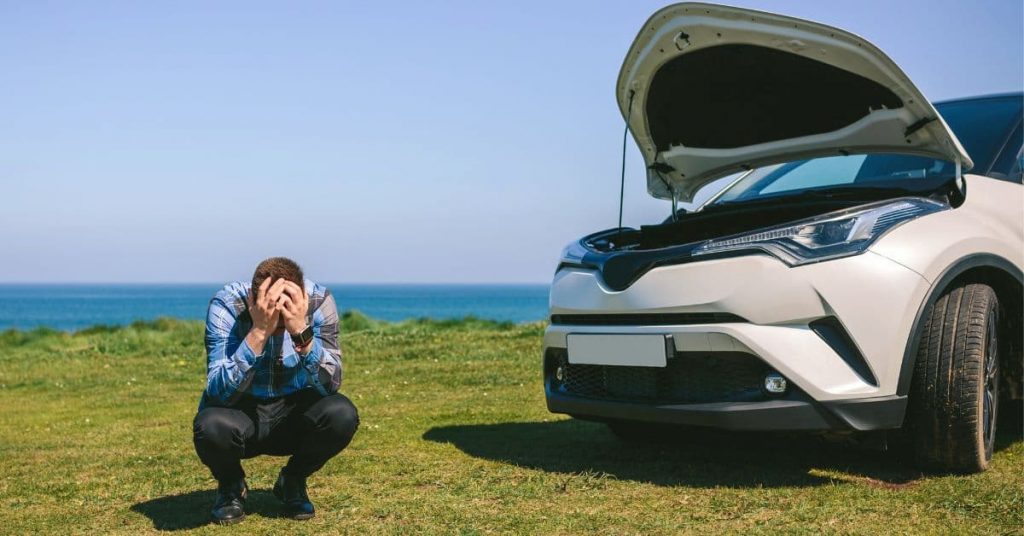Starting out on a road trip can be an exciting adventure, but it’s essential to be prepared for the unexpected. A very real possibility you might face is your car breaking down. The most important thing is to know what to do (and how to get your car fixed!) since this can make all the difference in keeping you and your passengers safe and getting back on the road as quickly as possible.
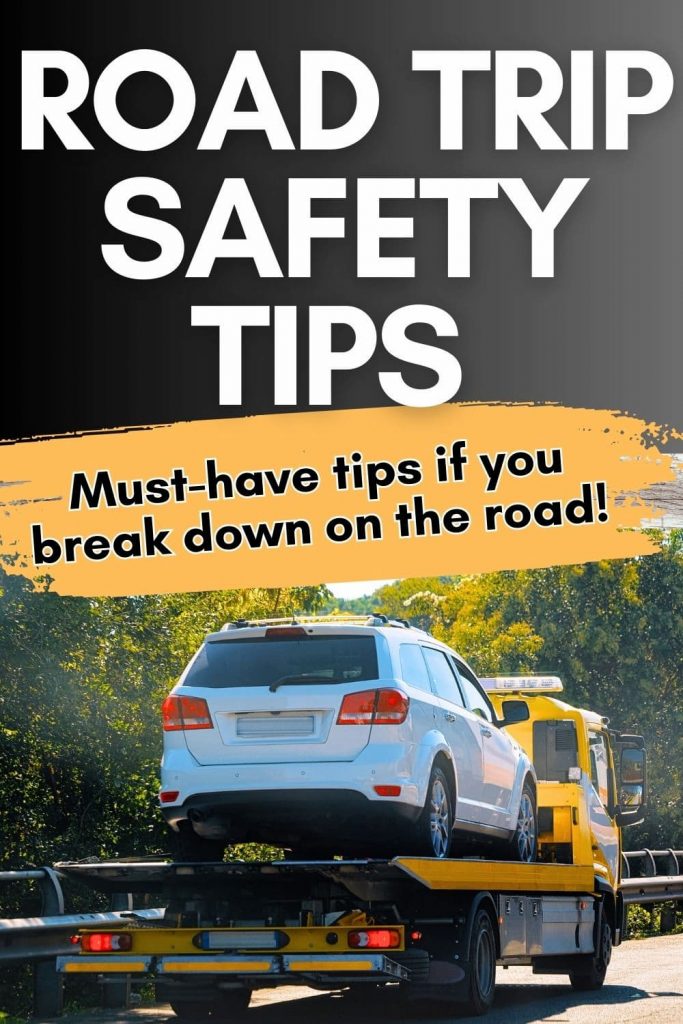
When you’re faced with an emergency situation, your first priority should be ensuring your safety and the safety of those around you.
At the first sign of car trouble, calmly maneuver your vehicle to the right shoulder of the road, avoiding any sudden or hard braking that could cause further damage or loss of control.
Once your car is in a safe place and out of the main flow of traffic, turn on your hazard lights and, if available, set up reflective warning triangles to alert other motorists of your situation.
Take a minute to assess your surroundings, noting any landmarks, mile marker, or road signs that could help emergency services or highway patrol locate you.
With your immediate safety taken care of, you can focus on assessing the issue with your car and decide if you will need your vehicle towed or if you can fix the issue yourself.
It’s important to know what to do if your car breaks down on a road trip. Making a plan ahead of time is a great idea as it can provide useful resources and support in resolving your car troubles.
If you’re unsure of the cause of the breakdown, having a basic understanding of common car issues can be valuable in diagnosing the problem and knowing what steps to take next.
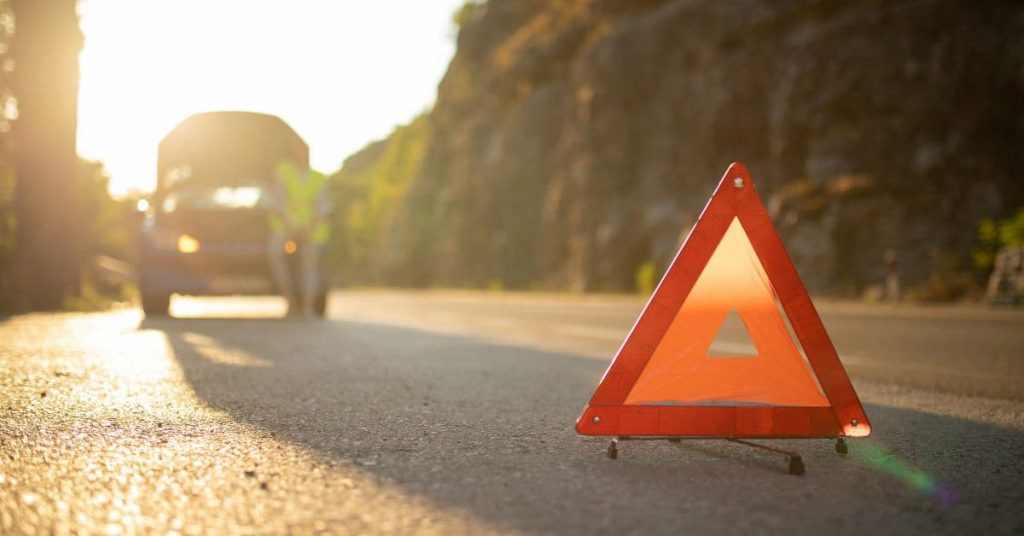
Start At The Beginning: Preparing for a Road Trip
Regular Maintenance
Before leaving on a long road trip, it’s essential to inspect your vehicle and ensure all car repairs are finished before heading out of town.
- Check the tire pressure and ensure your spare is in good condition
- Top up your car’s fluids, including the engine oil and coolant levels
- Examine the car battery to make sure it is fully charged and functioning properly
- Test turn signals and brake lights
- Try out the parking brake and make sure that is working properly
- Look at all windshield wipers and replace them if necessary
- If the air conditioning hasn’t been used in a while, now is a great time to test that (trust me, a long trip without a fully functioning cooling system in the hot summer is miserable!)
- Don’t forget to make sure you have a copy of your car insurance policy information, registration, and any other necessary documents in case you get pulled over or need to call for help.
Regular maintenance minimizes the risk of a breakdown and keeps your car running smoothly throughout the trip.
Emergency Kit Essentials
An emergency kit is essential for safe and comfortable travel.
Here is a list of recommended items to include in your roadside emergency kit:
- Cell phone and charger
- Flashlight with extra batteries
- Jumper cables or a battery charger
- Basic toolkit (screwdrivers, pliers, adjustable wrench)
- Tire repair kit or sealant
- Tire inflator (such as a portable air compressor)
- Reflective triangles or roadside flares
- First-aid kit
- Blanket, warm clothes, or extra layers for colder conditions
- Non-perishable food items and bottled water
- Waterproof matches or a lighter
Having these items readily available can make a stressful situation more manageable in case of a breakdown on the road.
Roadside Assistance Coverage
Before setting off on your adventure, consider signing up for roadside assistance coverage through your car insurance or a separate provider.
Roadside assistance coverage can provide valuable services, such as towing, battery jump-start, tire repair, and fuel delivery.
Make sure you have your provider’s contact information and your policy number easily accessible in case you need roadside assistance services.
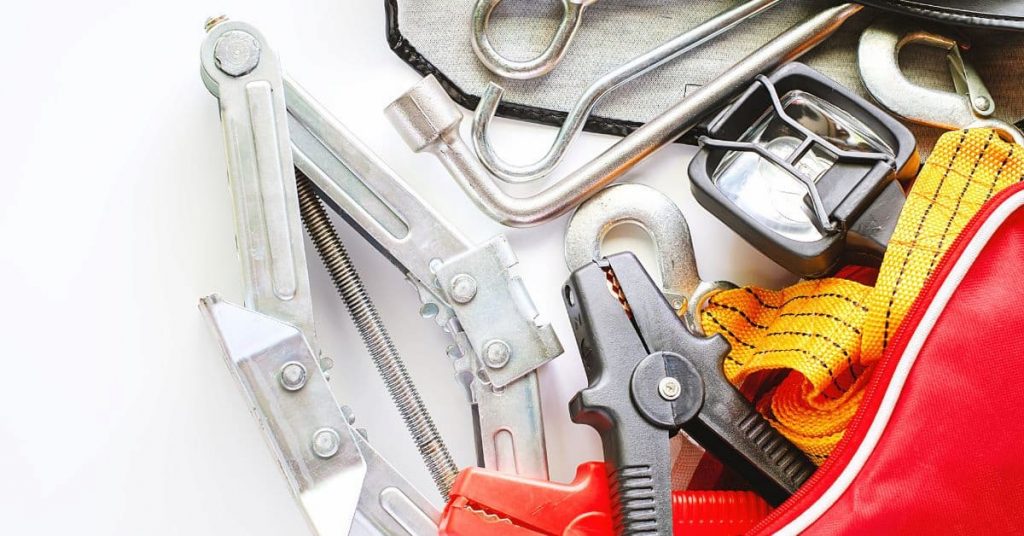
Staying Safe on the Road
Signals and Communication
When your car breaks down, proper signaling is crucial to ensure the safety of both yourself and other drivers on the road.
As soon as you notice a problem, turn on your hazard lights to alert nearby drivers of your situation.
Slowly and carefully make your way to the side of the road, nearest gas station, or parking lot avoiding any sudden movements that could confuse other drivers.
It’s important to have a way to call someone in case of a breakdown.
To be on the safe side, be sure to have a charged cell phone with emergency contact numbers, such as roadside assistance and trusted friends or relatives.
In addition to your phone, you should also have the emergency items listed above. These items can help signal your presence and request assistance when needed.
Hazards and Precautions
Once you’ve safely pulled over, identify any potential hazards.
If possible, position your car in a flat, well-lit area away from the flow of traffic.
This will make it easier for you, and any tow truck or roadside assistance provider, to work on your vehicle safely.
To further increase your visibility, place flares or warning triangles behind your broken-down vehicle, ideally with a distance of 30-50 feet between each triangle.
Consider wearing a reflective vest if it’s dark so that you’re easily visible to passing cars.
Finally, always exit your car from the front passenger side door if possible to avoid exposing yourself to oncoming traffic.
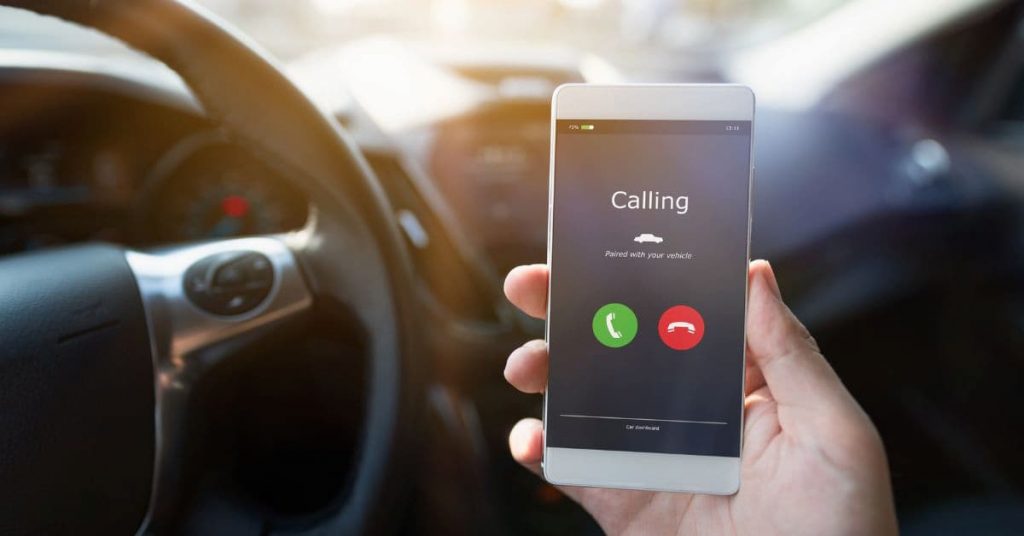
Acting in a Breakdown Situation
What to Do Immediately
If your car breaks down on a road trip, it’s vital to remain calm and avoid panicking.
First, turn on your emergency flashers to signal to other drivers that you’re experiencing a problem.
Next, carefully maneuver your vehicle to the side of the road, preferably onto the shoulder, and ensure your car is away from traffic.
Then, once your vehicle is safely out of traffic and in a secure spot, get out of the car and assess the situation.
Look for any apparent issues, such as a flat tire, smoke, a fuel leak, or other leaking fluids.
Be sure to stand a safe distance from the road when taking note of any observable problems. This may seem like common sense but according to the CDC, more than 7,000 people were killed on roadways in 2020!
Calling for Help
If you have roadside assistance, now is the time to call for help.
Provide them with your location and any landmarks or highway mile markers to ensure prompt arrival.
If you’re unsure what might be wrong with your car, they’ll likely send a mechanic or tow truck to assist you.
Additionally, calling the police is a good precautionary measure, especially if you’re stranded on a busy highway or under dangerous circumstances.
They can offer assistance or ensure your safety while waiting for help to arrive.
While Waiting for Assistance
While you await the arrival of a tow truck driver or mechanic, be sure to take these precautions to maximize your safety:
- Stay inside your car with the doors locked if you’re on a busy highway or don’t feel safe outside.
- If you have reflective triangles, cones, or flares, place them around your vehicle to alert other drivers of your situation.
- Keep your phone charged and near you in case you need to make additional calls or your help is delayed.
- Check your surroundings periodically, and assess the progress of your repairs when help arrives.
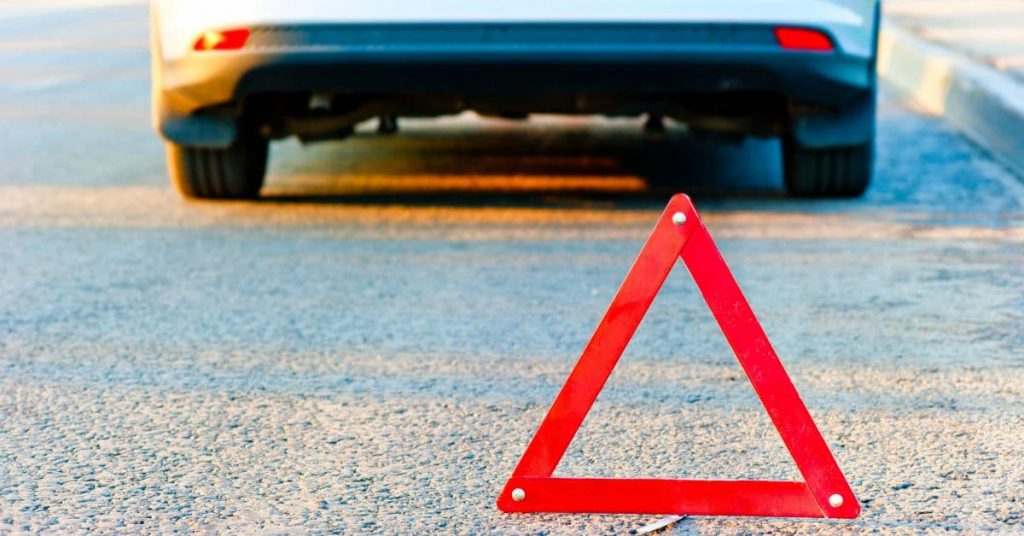
Troubleshooting Common Car Problems
Flat Tires
One common car problem you might face on a road trip is a flat tire.
If this happens, it’s important to safely pull over somewhere safe and assess the situation.
Then, check for punctures or damage to the tire.
If it’s possible to repair the tire using a tire patch or puncture repair kit, it may last until you can get somewhere to have it professionally fixed or are able to buy a replacement.
Otherwise, you’ll need to put on the spare for now.
Before replacing the tire, you will need a jack, tire iron, and knowledge of your vehicle’s tire-changing procedure.
Be sure to check the tire pressure of the spare tire (and the others) to make sure it’s within the recommended range.
If you’re unable to change the tire you’ll have to call a tow truck for help.
Dead Batteries
If your car won’t start or the electronics aren’t functioning, it’s possible that your battery is dead.
If your battery light is on, you can try jump-starting the car using jumper cables and another vehicle.
It’s important to know how to connect the cables properly to avoid causing damage or injury.
If jump-starting doesn’t work or you don’t have access to cables or another vehicle, you might need to call for help.
In some cases, a dead battery indicates a more significant issue with the car’s electrical system or alternator, which will require a professional.
Overheating Engine
Signs of an overheating engine include:
- a high reading on the temperature gauge
- steam coming from the hood
- a “check engine” light appearing on the dashboard.
If you suspect your engine is overheating, immediately pull over and turn off the vehicle.
Allow your car to cool down for a few minutes before carefully opening the hood to check the coolant level.
If the coolant level is low, you may be able to temporarily fix the issue by refilling the coolant reservoir; however, doing so without addressing the root cause of the overheating issue may lead to further damage, so it is essential to have the problem addressed by a professional.
If the overheating is due to a more complex mechanical issue or you’re unable to safely refill the coolant, it’s best to get your car towed and find a mechanic.
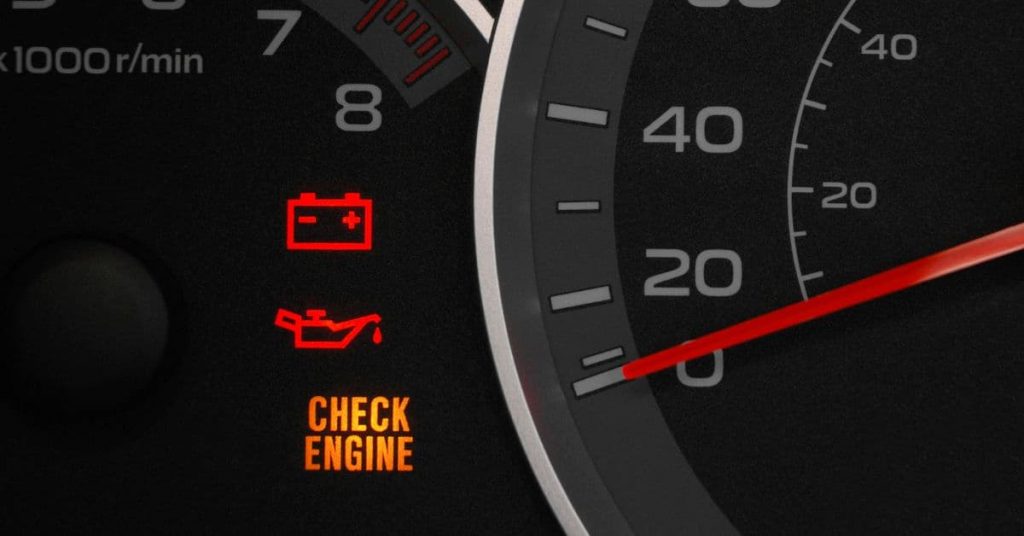
Proactive Measures in Challenging Scenarios
Rural Areas and Interstates
When driving through rural areas, it’s essential to be prepared for unexpected breakdowns.
An emergency kit was mentioned before, but it’s so important that it bears repeating!
Always keep essential items like:
- a flashlight
- jumper cables
- duct tape
- an umbrella
- a blanket, hat, and gloves (if you’re in a cold climate)
- snacks
- water
In very rural areas, make sure to have enough drinking water, as finding a reliable source can be challenging.
While waiting for help, be cautious of your surroundings and maintain a safe distance from the road.
If you need to exit the vehicle, do so carefully. There may not be as much traffic in rural areas as in cities, but people can still drive fast on small-town back roads!
Harsh Weather Conditions
If you’re driving in harsh weather conditions, like rain, snow, or ice, take extra precautions.
Equip your vehicle with a quality ice scraper and snow shovel, as these tools can be crucial in emergency situations.
Maintain a set of warm clothes, blankets, sand, and even kitty litter (for added traction in icy conditions) in your car.
When encountering stormy weather, slow down, and increase the distance between you and other vehicles.
Remember to turn on your headlights and be extra cautious on bridges or overpasses, as these areas tend to be the first ones to freeze and become slippery.
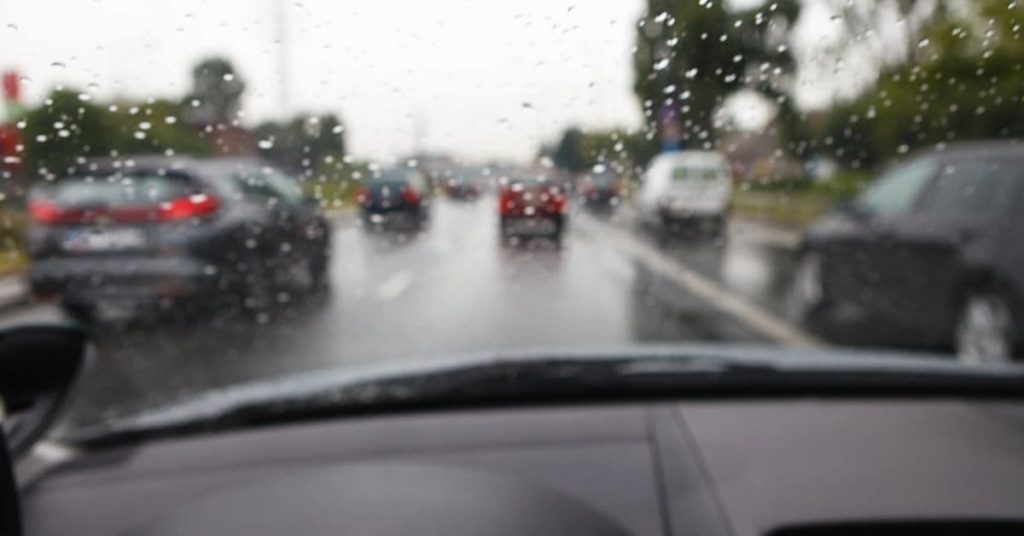
Deciding Next Steps after a Breakdown
Local Repairs and Towing
When your car breaks down during a road trip, it’s important to assess the situation and determine if a local mechanic or repair shop can fix the issue.
If possible, use your phone or a GPS device to locate nearby repair shops.
You might also consider asking locals for recommendations on trustworthy mechanics in the area.
Once you’ve identified a shop, contact them to discuss your situation and arrange transportation for your disabled vehicle.
Many mechanics offer towing services, or you can use an app like AAA roadside assistance to help.
Remember to compare both tow and repair costs as they can vary between providers.
Contacting Loved Ones
It’s essential to keep your loved ones informed about your situation during a car breakdown.
Let them know where you are, the estimated time for repairs, and if you need assistance.
Communication is key to ensuring your safety and support during this unexpected event.
If you’re traveling alone, providing updates to friends and family will give them peace of mind and help coordinate any necessary actions on their end.
Insurance
Depending on your car’s condition and the extent of the necessary repairs, you may need to consult your insurance company.
Contact them as soon as possible to discuss your breakdown and determine if your policy covers towing, repairs, or even a rental car while you’re waiting for your vehicle to be fixed.
Knowing your options and what is covered by your insurance will help you make informed decisions in this stressful situation.
In some cases, the cost of repair may exceed the value of your car, leading you to consider selling it.
This decision is not to be taken lightly, so be sure to consult with loved ones, your insurance company, and any relevant experts before deciding whether to sell your car or invest in the necessary repairs.
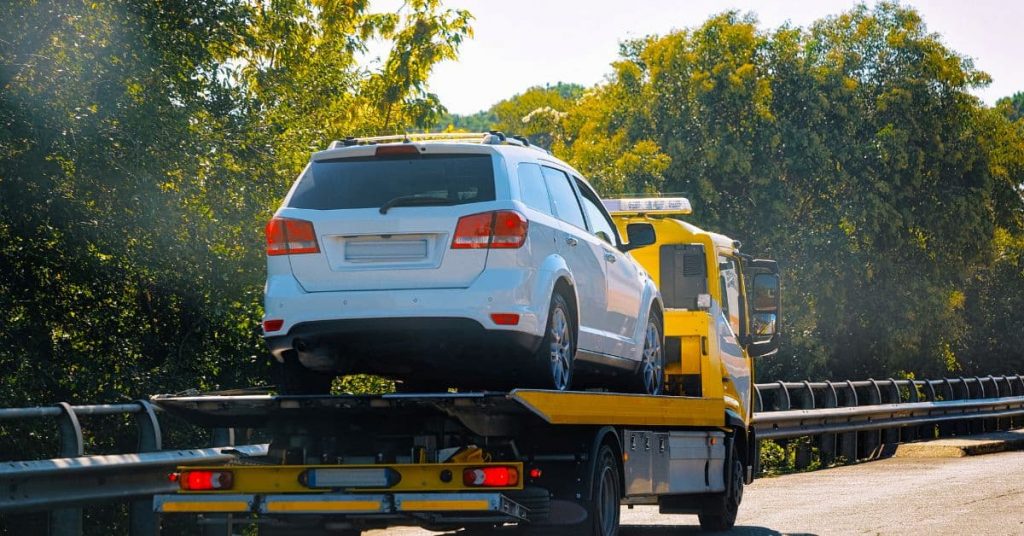
Summary Of What To Do If Your Car Breaks Down On A Road Trip
Being prepared is key when setting out on a road trip.
By regularly checking your vehicle’s condition, equipping yourself with an emergency kit, and having a roadside assistance plan, you can significantly reduce the impact of a car breakdown.
Remember to prioritize safety by acting calmly and smartly during a breakdown, using your hazard signals, setting up warning triangles, and ensuring you’re in a safe location.
Being able to troubleshoot common car issues like flat tires, dead batteries, and overheating engines can be a huge help!
If you’re in a challenging location or weather condition, proactive measures can keep you safe.
And always remember- being well-prepared can turn a potential disaster into a minor delay, keeping the joy of the journey intact.
Related Articles
- Hit the Road with Ease: Organize Your Amazing Adventure with a Printable Road Trip Planner!
- Hit the Road with Confidence: Create The Ultimate Road Trip Kit
- The Ultimate Camping Planner: A Must-Have Printable Planner For Your Next Adventure
- The Ultimate RV Maintenance Checklist
